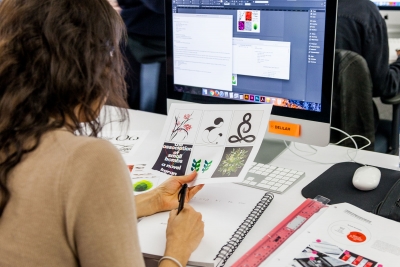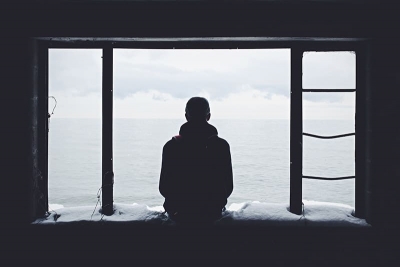What is the career in Graphic Designing?

Doodling for a living
Graphic designing is a form of visual communication. It includes doodling, illustrations, and photography. Doodling as an art form is gaining popularity. With no defend rules, a doodle can be anything that is quirky and funny. It doesn’t need to follow any set pattern. The motive of a doodle is to send across a thought or a message to the audience. It can be social cause or narration of an incident or anything that the illustrators find interesting.
What are the job prospects?
Print, web and other media increasingly focusing on visual appeal to attract subscribers has opened up a plethora of opportunities in the field of graphic design and illustration. Editorial illustrators work or freelance for magazines or newspapers, while book illustrators design children’s adult’s books. Illustrators can also create their own comics and cartoons. Animation studios also hire illustrators and graphic designers.
Required skills
- Graphic designers or illustrators need to find an individual voice, a distinct style, which will define their work and set them apart from others.
- Excellent drawing and sketching skills are a perquisite along with a dash of creativity and humour.
- Ability to come up with interesting ideas for the graphcs, observational skills and ability to meet deadlines.
What to study?
Many colleges offer graphic design and visual design courses. Unfortunately, they don’t yet have courses concentrating solely on illustration. Students have the option of taking up either applied art or fine art and then specializing in illustration.
Where
- National Institute of Design in Ahmedabad: Bachelor and a Master of Design in Graphic Design.
- Sir JJ. Institute of Applied Art: Bachelor of Fine Arts and Master of Fine Arts in Applied Art.
- Srishti Institute of Art, Design, and Technology, Bengaluru: Visual Communication Design specializing in illustration.
- Karnataka Chitrakala Parishath’s College of Fine Arts, Bengaluru: Bachelors, postgraduate courses and diplomas in Visual, Applied, and Graphic Art.
- Abroad:
- Leeds art University, the U.K.: Bachelor of Arts (B.A.) (Hons.) in Comic and Concept Art, B.A. (Hons.) Illustration, B.A. (Hons.) Visual Communication and B.A. (Hons.) in Graphic Design.
- Kingston University, London, the U.K.: B.A. (Hons.) Graphic Designs; B.A. (Hons.) Illustration Animation.
- School of Visual Arts, New York City, the U.S.: B.F.A. in Cartooning, B.F.A Illustration, M.F.A Illustration as Visual Essay.
- Rhode Island School of Design, the U.S.: B.F.A in Graphic Design and illustration.
Picture Credit : Google













